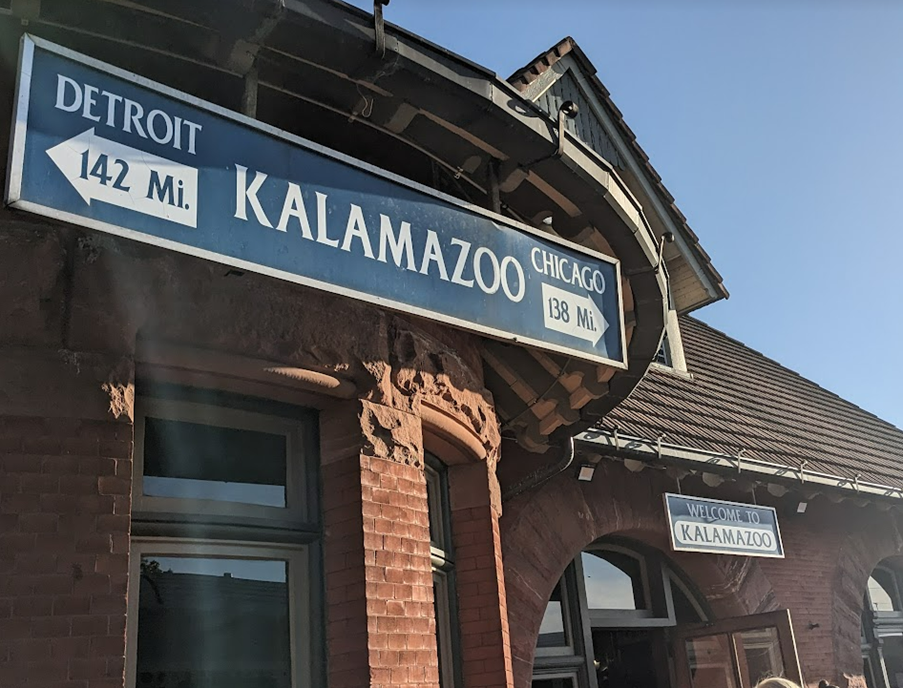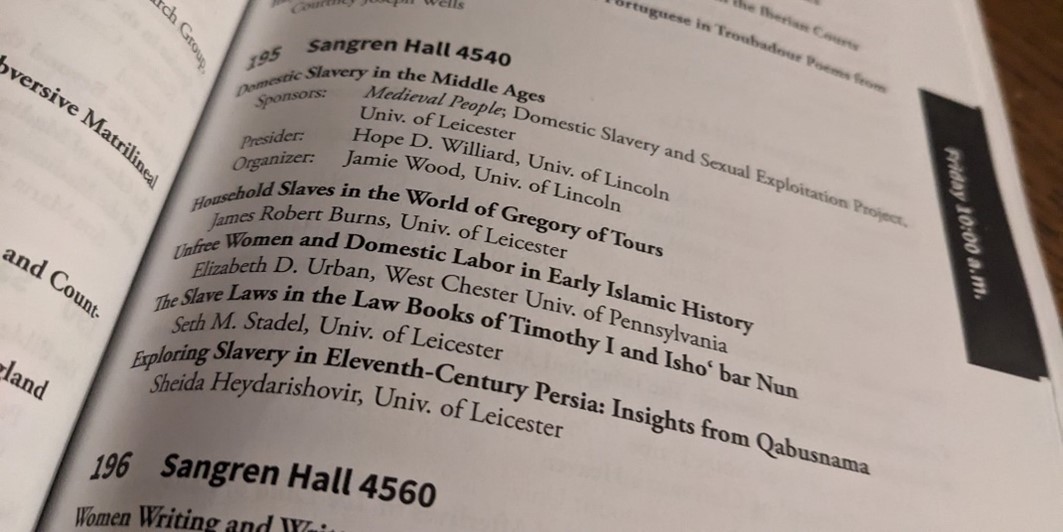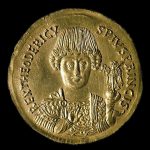Conference Report: ICMS, Kalamazoo, May 2024
- Erin Thomas Dailey
- 20 May 2024
- 0 Comment

By James Burns
At this year’s International Congress on Medieval Studies at West Michigan University in Kalamazoo, Sheida, Seth, and I gave our papers on domestic slavery to a full room (over thirty people) – an encouraging sign of the growing interest in slavery in the Middle Ages, and evidence of how it brings together scholars of many different periods and societies. Among those in the room and asking questions were classicists, historians of early medieval Europe, literature scholars, and specialists in Islamic history. It was a privilege to share our research with the North American and international academics in the audience, and we hope that we met their expectations.
Our panel – ‘Domestic Slavery in the Middle Ages’ – was organised by Jamie Wood (University of Lincoln) and moderated by Hope Williard (University of Utrecht), to whom we are both extremely grateful. The panel was co-sponsored by the DoSSE project and Medieval People, a journal from the Medieval Institute of West Michigan University, which is dedicated to research on marginalised individuals in the Middle Ages.
We were pleased with how our panel went, as this was our first time at the ICMS. Sheida spoke about the sexual exploitation of young male slaves – the condition of the ghulām – as seen through the Qābūsnāma, an eleventh-century handbook prepared by the Ziyarid ruler Kaikāvūs ibn Iskandar for his son. Seth talked about the slave laws in the books of Timothy I and Isho‘bar Nun, two Syriac Christian writers. I spoke about the depictions of slaveholding households in the works of the sixth-century bishop, Gregory of Tours. Elizabeth Urban (West Chester University) was also on the panel. She gave a brilliant paper on the status of unfree and freed women in early Islamic history. Elizabeth is not a member of the DoSSE project, but we have learnt a great deal from her work.
The range of papers demonstrated the wide array of sources we can use for studying slavery: law codes, works of literature, hagiography, and historical narrative. Yet despite the diversity of sources and societies under discussion, the same themes kept cropping up. Sheida, Elizabeth, and I all talked about the importance of paying attention to terminology. In particular, we each dealt with terms for unfree people that also had a connotation of youth, like ghulām and puer. Seth and I both spoke about how, in certain contexts, Christian identities could cut across and interfere with slave/free divides. Finally, an audience member acutely observed that none of our papers really focused that much on the productive labour performed by slaves, especially enslaved women, as opposed to the sexual, social, and religious dimensions of slavery. This in part reflects the sources we were using, but also our concern in how slavery shaped peoples and societies in ways that were not simply economic; and in how exploitation and relationships of dependency in the household can take many different forms.

Outside our panel and another panel on medieval servitude, there were a number of papers that discussed slavery, providing yet more evidence that historians increasingly appreciate its importance for understanding the Middle Ages. For the Late Antiquity panel, Jamie Wood gave his own brilliant paper, ‘Unfreedom and the Making of the Church in Late Antique Iberia’, which highlighted the role of enslaved people in the moral and knowledge economy of Visigothic Spain. We also learnt a great deal from a paper by Paul Joseph Cornish (Grand Valley State University), entitled, ‘Saved and Enslaved: Natural Law and the Ancient Law of War’, during a session on natural law. For these papers and several others, slavery was the main focus. But, sometimes, those giving papers primarily about other subjects brought in the relevance of slavery. One such paper was given by Hope Williard on Merovingian letter-writing. Her project with Robert Flierman, ‘Lettercraft and Epistolary Performance in Early Medieval Europe, 476–751 CE’, seeks to uncover the whole range of people involved in the production and transmission of early medieval letters. Her thought-provoking paper was one of several that showed how slavery can intersect with other aspects of medieval society in surprising and interesting ways.
Once again, we would like to thank Jamie, Hope, Elizabeth, and all the people who took the time to come to our panel, to ask us questions, or to talk to us informally. If you saw our papers in Kalamazoo and have any questions, please don’t hesitate to get in touch.
Next up for me, as well as Justin and Erin, is the IMC in Leeds. DoSSE project members will also be at the Patristics Conference in Oxford.




